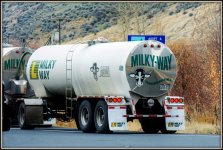You are using an out of date browser. It may not display this or other websites correctly.
You should upgrade or use an alternative browser.
You should upgrade or use an alternative browser.
Star Photography One on One
- Thread starter Wahugg
- Start date
Scott Murray
Senior Member
I am heading out on my days off to get photos of the milky way and some unique landmarks up here in the Northern Territory, I am hoping with a new app I just purchased PhotoPills that it will allow me to set the right settings easily, if you get a chance have a read of David Kingham Photography | The Last Photography Planning App You Will Ever Need it looks to be a great app and just what I have been looking for.
donaldjledet
Senior Member
Thanks scott for the heads up on the app. and book.
Come back with some great photos.
Have fun.
Come back with some great photos.
Have fun.
Hey all!
It's been awhile since I've actively posted here. Reason being is that my life has been very hectic due to High school graduation, work, and enrolling in college. Unfortunately the college I am currently enrolled at is in the city where chances of shooting the stars is very limited. To make matters worse I was not aloud to bring my car so driving out to my countryside is not possible.
What does this mean? You'll probably not see too much of me in this thread until around winter break and summer break. If everything lines up correctly, I'll be in Alaska this winter where I hope to capture the Aurora and the Northern Skies. Sometime during the academic year I hope to professionally re-write the guide to make it cleaner, more clear, and hopefully less confusing.
I'd also like to thank all of you guys for making this thread what it is. It has been an absolute joy looking into this thread, seeing new photos, new ideas, and watching as people improve their skills. It is nice to not only hear, but physically see how other people enjoy the night sky that I love so much.
Never stop imagining and innovating new ideas or techniques. The sky is our limit (for now).
Take care everyone!
Wallace Huggett
A.K.A Wahugg
-----------------------------------------------------------------------------

It's been awhile since I've actively posted here. Reason being is that my life has been very hectic due to High school graduation, work, and enrolling in college. Unfortunately the college I am currently enrolled at is in the city where chances of shooting the stars is very limited. To make matters worse I was not aloud to bring my car so driving out to my countryside is not possible.
What does this mean? You'll probably not see too much of me in this thread until around winter break and summer break. If everything lines up correctly, I'll be in Alaska this winter where I hope to capture the Aurora and the Northern Skies. Sometime during the academic year I hope to professionally re-write the guide to make it cleaner, more clear, and hopefully less confusing.
I'd also like to thank all of you guys for making this thread what it is. It has been an absolute joy looking into this thread, seeing new photos, new ideas, and watching as people improve their skills. It is nice to not only hear, but physically see how other people enjoy the night sky that I love so much.
Never stop imagining and innovating new ideas or techniques. The sky is our limit (for now).
Take care everyone!
Wallace Huggett
A.K.A Wahugg
-----------------------------------------------------------------------------

I am heading out on my days off to get photos of the milky way and some unique landmarks up here in the Northern Territory, I am hoping with a new app I just purchased PhotoPills that it will allow me to set the right settings easily, if you get a chance have a read of David Kingham Photography | The Last Photography Planning App You Will Ever Need it looks to be a great app and just what I have been looking for.
This looks really tempting.
Nock Nock people! Where is everyone else's photos!
Decided to go out and try to take pictures of the stars which failed thank to this guy....

I thought the results were pretty acceptable seeing it's my first time trying to shoot the moon. It was also interesting that the stars were more visible on the left side of the moon while the right side seems to have a 'starless' ring.
Thanks to its brightness this photo was possible.

-Wallace
Decided to go out and try to take pictures of the stars which failed thank to this guy....

I thought the results were pretty acceptable seeing it's my first time trying to shoot the moon. It was also interesting that the stars were more visible on the left side of the moon while the right side seems to have a 'starless' ring.
Thanks to its brightness this photo was possible.

-Wallace
This thread was really informative for me when I first started learning how to use my camera. I still have a lot to learn, and I'm not in the ideal location for star photography, but I've managed to snap 1 or 2 that turned out alright. Thanks for the tips!
I swear there's a star in there!
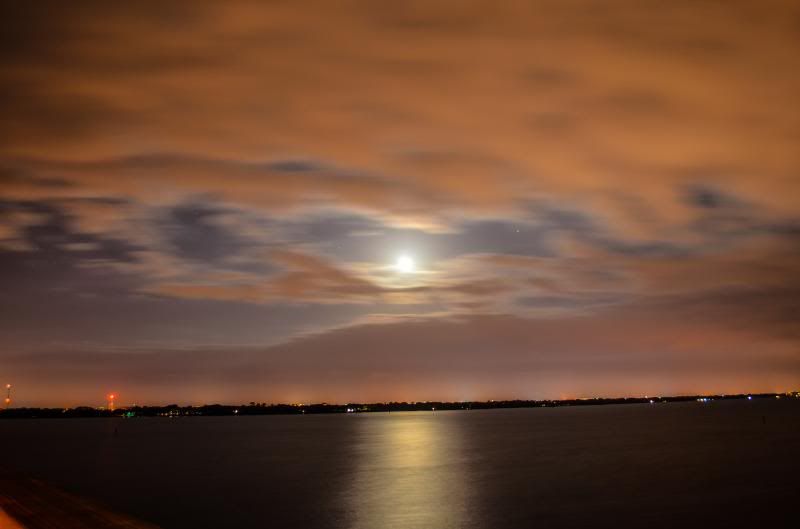
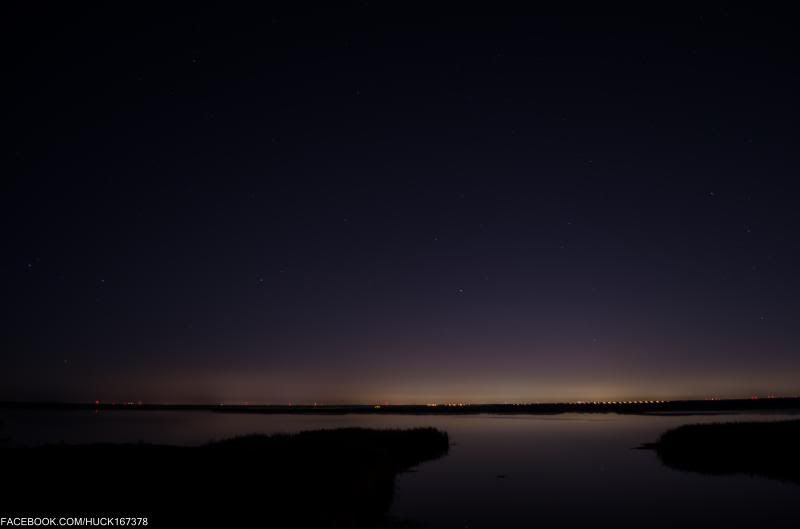
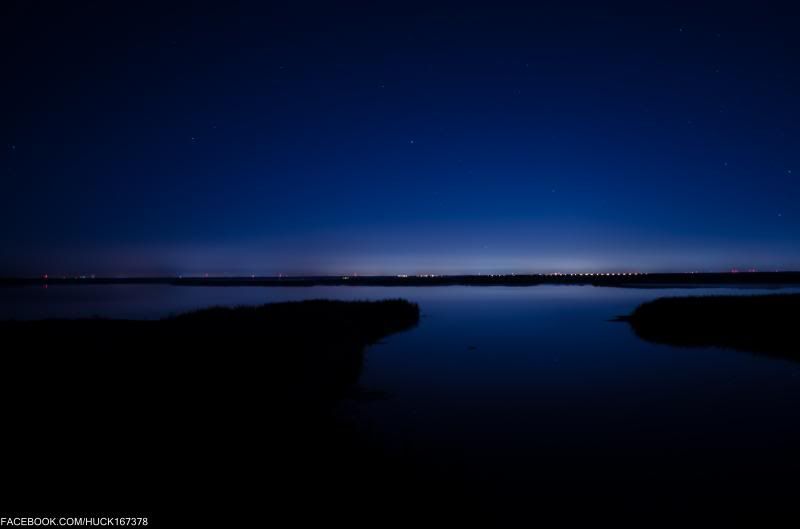

I know these aren't really star photos, but like I said it's the best I can do for my surroundings. Orlando has a lot of light pollution lol.
I swear there's a star in there!




I know these aren't really star photos, but like I said it's the best I can do for my surroundings. Orlando has a lot of light pollution lol.
I just started Astrophotography about 2 months ago. It takes a lot of reading and learning about post-processing. Also takes a lot of money at least if you're lazy. You can build your own tracker which is a must for deep space objects like nebula and galaxies. I have some cheap scopes and the one thing I did invest in is a 80 - 200mm f2.8 ED telephoto lens. They retail for over a thousand bucks but I found one on ebay the other day for $307. This is about as big of a telephoto lens as you want to go so the experts have told me. Right now I'm using a D5200 with a Tamron 60mm macro and get fair results. I'm amazed at how many stars my sensor "sees" that I can't even with my telescope. I got two books off Amazon that are great. Astrophotography for the Amateur by Michael Covington and DSLR for Astrophotography by him also. Oh yeah also get a cable release. I know it's been awhile since you asked but if you have any more questions I'll be glad to answer if I know. Take Care,I would like to take a photo - my first attempt - at star photo with long exposure (20 min). I have been reading about camera settings but would also like to hear experience from others. If you can give me some tips I would be more than grateful!
Thanks in advance!
Jack
Sapy - The first thing to do to get a "feel" for star photography is get our there and set up your camera on a tripod and cable release if you have one. I've done it without one with no noticeable results. Start experimenting with exposure. Change your iso around from 800 to 3200 and notice the results. I started shooting wide open f2 on my Tamron 60mm @ 2 sec. After each shot I zoom my playback to a large size to see the results closely. At 2 sec I noticed a trail which means that the FOV for my 60mm lens gets noticeable earth movement. Hard to believe but yeah the earth is moving 26000 miles an hour or something like that. So I went to 1 sec. then a half before I got reasonably sharp stars. But experiment with it. I also started closing up my lens to get better focus. You just have to play with it. One thing you'll notice is how many stars the sensor picks up that you can't see which is the whole advantage of Astrophotography. That's where I started and until my 200mm lens gets here that's about all I can do at this point. I'm also playing with post processing because that's a big part of AP also. Download DeepSkyStacker for free and go on youtube and watch some videos on how to process your pictures. That will keep you busy for awhile.
I'm still trying different approaches with stars. It's bad when you live in a town and even worse when you add a full moon to it.
I shot this one regardless light pollution and moon to see what I could salvage out of the huge mess the shot was.
This is the part I used SOOC:

This is after some serious adjustments in LR.
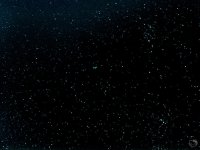
It's still not a prize-winning shot but it did teach me a thing or two about what I have to do to shoot stars. Now all I need are better conditions.
I shot this one regardless light pollution and moon to see what I could salvage out of the huge mess the shot was.
This is the part I used SOOC:

This is after some serious adjustments in LR.

It's still not a prize-winning shot but it did teach me a thing or two about what I have to do to shoot stars. Now all I need are better conditions.
Last edited:
Apparently ISO is not that much of a problem for shooting stars. I used the 200mm for this one so I was limited to about 2 seconds of exposure else I'd have trails. I tried upping the ISO to see what would be left within the noise.
It's pretty ok since I massively overexpose.
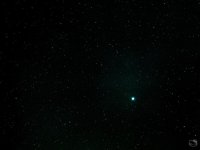
Now a clear sky and when using the wide, I could maybe try the Milky Way. Or at least something better than these shots.
It's pretty ok since I massively overexpose.

Now a clear sky and when using the wide, I could maybe try the Milky Way. Or at least something better than these shots.
J-see - You are off to the same start I'm having. Don't be too discouraged at all. Are you learning? Astrophotography has a huge learning curve so just hang in there and keep trying different exposures. On the last one with the 200mm crank your iso way down to 400 then 800 and on up until you get the results you want. I'd also increase my f-stop slowly and watch what happens there. I used to think I had to let all the light I could in there but as I increased my f-stop I notice I could still absorb light and get sharper images. Of course I had to adjust shutter too. Another thing is shoot known objects like the Pleides or Orion. Put that 200 on Orions dagger and try and absorb that nebula.
And I'm sure you realize that without a tracker you're not going to get pics like the pros. Have you tried DeepSkyStacker yet. You take a dozen or so images and then stack and get some pretty marvelous results also. Read the wiki on DSS's website; there's a lot of good info not only about post-processing but about how to take exposures too. Good Luck and keep sharing.
And I'm sure you realize that without a tracker you're not going to get pics like the pros. Have you tried DeepSkyStacker yet. You take a dozen or so images and then stack and get some pretty marvelous results also. Read the wiki on DSS's website; there's a lot of good info not only about post-processing but about how to take exposures too. Good Luck and keep sharing.


